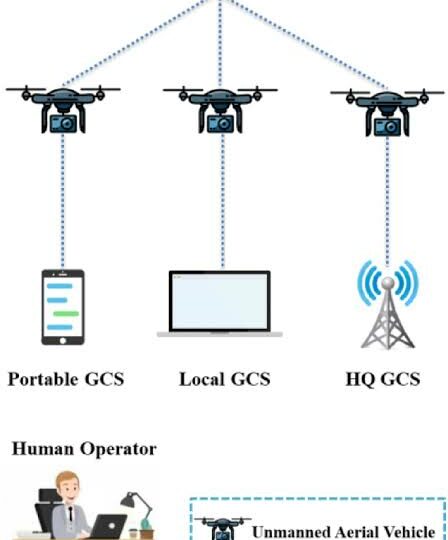The Defense Electronics Industry is undergoing a significant transformation with the integration of artificial intelligence (AI) and the Internet of Things (IoT). These emerging technologies are revolutionizing military operations by enhancing communication, decision-making, and coordination among various defense electronic systems. This blog explores the growing need for AI and IoT devices in the defense sector and their impact on the defense electronics market.
𝗧𝗵𝗲 𝗣𝗼𝘄𝗲𝗿 𝗼𝗳 𝗔𝗜 𝗶𝗻 𝗗𝗲𝗳𝗲𝗻𝘀𝗲 𝗘𝗹𝗲𝗰𝘁𝗿𝗼𝗻𝗶𝗰𝘀
AI has become a critical component in the defense electronics landscape. It enables defense electronic systems to analyze vast amounts of data in real time, facilitating informed decision-making. AI algorithms can categorize, process, and analyze heterogeneous data generated by defense electronic devices, such as sensors, avionics, and communication systems. By extracting valuable insights from this data, AI systems help optimize defense operations, improve situational awareness, and enhance overall mission success.
One notable implementation of AI in the defense sector is the Squad X Experimentation Program initiated by the Defense Advanced Research Projects Agency (DARPA) in the United States. This program utilizes AI to analyze and interpret data from various defense electronic devices, enabling soldiers to make rapid decisions on the battlefield. Additionally, projects like the Joint All-Domain Command and Control (JADC2) initiative emphasize the need for AI in supporting quick decision-making and efficient coordination across multiple domains.
𝗜𝗼𝗧’𝘀 𝗥𝗼𝗹𝗲 𝗶𝗻 𝗗𝗲𝗳𝗲𝗻𝘀𝗲 𝗘𝗹𝗲𝗰𝘁𝗿𝗼𝗻𝗶𝗰𝘀
The IoT, a network of interconnected devices, is another game-changer in the defense electronics industry. With the increasing use of electronic military devices, IoT devices play a crucial role in collecting and transmitting real-time data from the battlefield. These devices can include unmanned aerial vehicles (UAVs), ground-based sensors, wearable devices for soldiers, and smart weapons systems.
By integrating AI with IoT devices, defense electronic systems can effectively regulate and control their operations. AI-powered systems can analyze data from electronic warfare devices, adapt their outputs, and synchronize them with other devices used in combat operations. This level of coordination and control improves the effectiveness and efficiency of defense electronic products, leading to enhanced mission capabilities and outcomes.
𝗙𝘂𝘁𝘂𝗿𝗲 𝗔𝗽𝗽𝗹𝗶𝗰𝗮𝘁𝗶𝗼𝗻𝘀 𝗮𝗻𝗱 𝗜𝗺𝗽𝗹𝗶𝗰𝗮𝘁𝗶𝗼𝗻𝘀
The combination of AI and IoT in defense electronics opens up a wide range of possibilities for future applications. Cognitive electronic warfare (EW), which utilizes machine learning and AI, has the potential to make split-second decisions in combat circumstances. Such advancements can significantly enhance the defense capabilities of nations and provide a strategic advantage on the battlefield.
The integration of AI and IoT in defense electronics facilitates the creation of a highly connected and intelligent defense ecosystem. This interconnectedness enables seamless communication, information sharing, and interoperability among different defense platforms, including land, air, space, and naval forces. As a result, defense operations become more coordinated, efficient, and responsive to rapidly evolving threats.
Challenges and the Way Forward: While AI and IoT bring tremendous benefits to the defense electronics market, they also pose challenges that need to be addressed. One of the major concerns is the increased risk of cyberattacks on defense-related data and trade secrets. Defense agencies must invest in robust cybersecurity solutions to safeguard sensitive information and protect critical defense systems from potential breaches.
The implementation of AI and IoT technologies in defense electronics requires substantial investment in infrastructure and research and development. Governments and industry players must collaborate to overcome these financial and technical barriers to ensure the widespread adoption and integration of AI and IoT in defense operations.
Conclusion
The integration of AI and IoT is transforming the defense electronics industry, enhancing military operations, and driving the growth of the defense electronics market. These technologies enable real-time data analysis, improved decision-making, and seamless coordination among defense electronic systems. As the defense sector continues to evolve, AI and IoT will play an increasingly pivotal role in shaping the future of the Defense Electronics Market.








